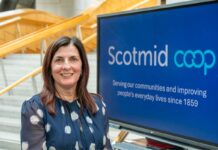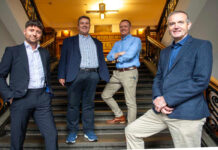Should you make special efforts to attract women to stop at your forecourt store and use it for a comprehensive shopping trip? An American insight event was told that BP had been doing exactly that.
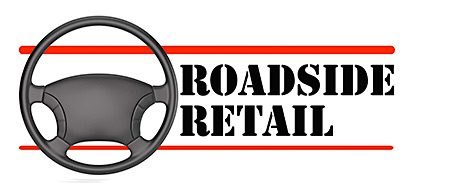
IT’S a bit of a cliché that what happens in the United States now will be happening over here before too long.
Of course, often the opposite is true: ask the Beatles! And some of the leading lights of American convenience retailing certainly aren’t shy about learning new tricks from the old world.
NACS, the main United States association for convenience and fuel retailers, was in Paris and London last month for its NACS Insight Convenience Summit-Europe conference.
Delegates could attend a series of presentations and in the UK section had the option of travelling out on a day’s study tour in either London or Manchester visiting sites in order to, in the words of the conference programme, “touch/feel/taste new formats and offers at forum retailers that included Euro Garages, Spar, Starbucks Roadside, Greggs and Subway.
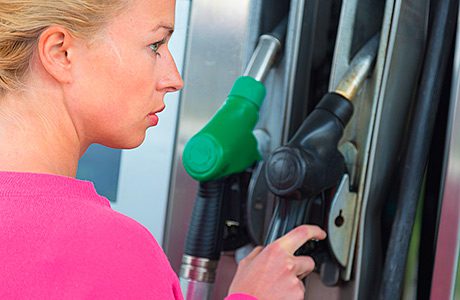
One significant presentation, reported on the nacsonline website, was given by BP on how it moved to shift customer focus at its UK sites.”
And much of the change, the NACS web report explained, came down to the firm’s response to questions it asked itself about women.
The conference heard from BP’s retail director, convenience retail UK, Dave Newton and the firm’s offer implementation manager convenience retail UK, David Pitron and was told that the introduction of M&S Simply Food to its forecourts had more or less turned the gender balance of BP forecourt customers on its head, reversing the former 60:40 male to female ratio to 60% women.
Research had identified key groups among customers and among the most important were “stop and shoppers” who accounted for a third of sales.
The conference heard that the team decided it would be important to develop shopping propositions that were especially suited to women.
Those included the introduction of what were termed customer conductors who, among other things, would welcome shoppers as they arrived and use umbrellas to ensure visitors made it to the shop without getting soaked in bad weather.
The same staff would radio colleagues in the store when the pumps area got especially busy so more till points could be opened in time for a rush.
Store interiors head been refitted, equipped with lower counters, and laid out in ways that gave better sight lines.
More textures were added to the interior design, including wood and brick.
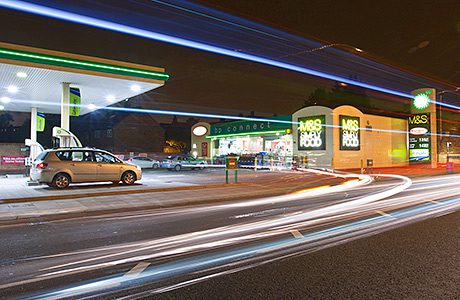
Chillers took on doors: the ambient temperature in the store increased and sales of chilled goods increased.
Products across many ranges were upgraded and frozen food was introduced.
The changes had happened in a number of stores and the plan was to roll out the new styles and ranges throughout the BP network, the conference was told.
Foodservice sales were said to have increased by amounts ranging from 35% to 65% and the number of customer satisfaction scores of either nine or 10 increased by around three-quarters to reach 75%.
And fuel and M&S sales had risen too.
If BP had shown itself to be serious about serving its newly female-led clientele NACS was also keen to mention that many US convenience operators were working on appealing specially to female customers too.
In an article on its main website, the organisation highlighted some of the methods being used stateside to attract and please all-important female shoppers.
Among the main advice was to avoid giving the impression of running an unkempt truck stop. The environment should be light, white and bright, with well-lit forecourts and good sight lines.
Friendly welcoming staff are very important. Fresh, healthy food is a big attraction and more so to women than to the population in general. Coffee bars and self-serve coffee were popular with women. Displays of risqué magazines were not.
Find out more about US convenience and fuel retailingat www.nacsonline.com



